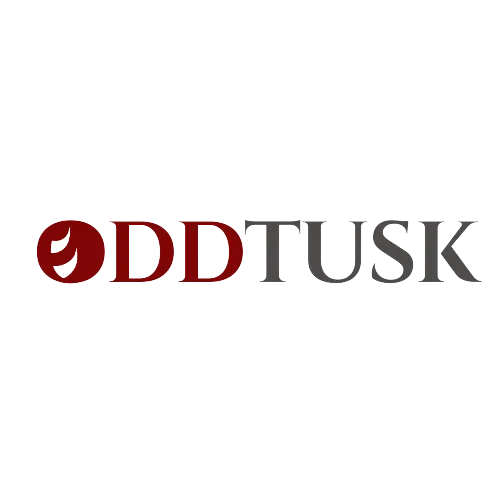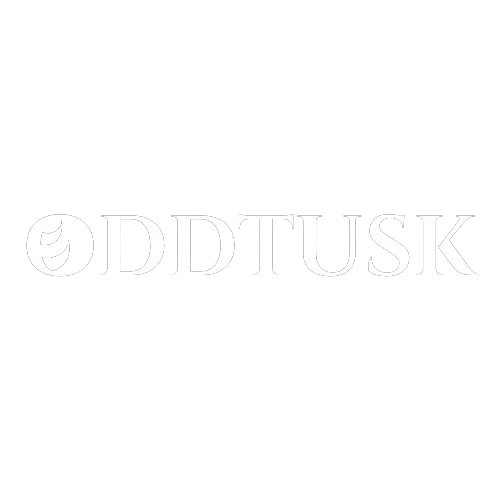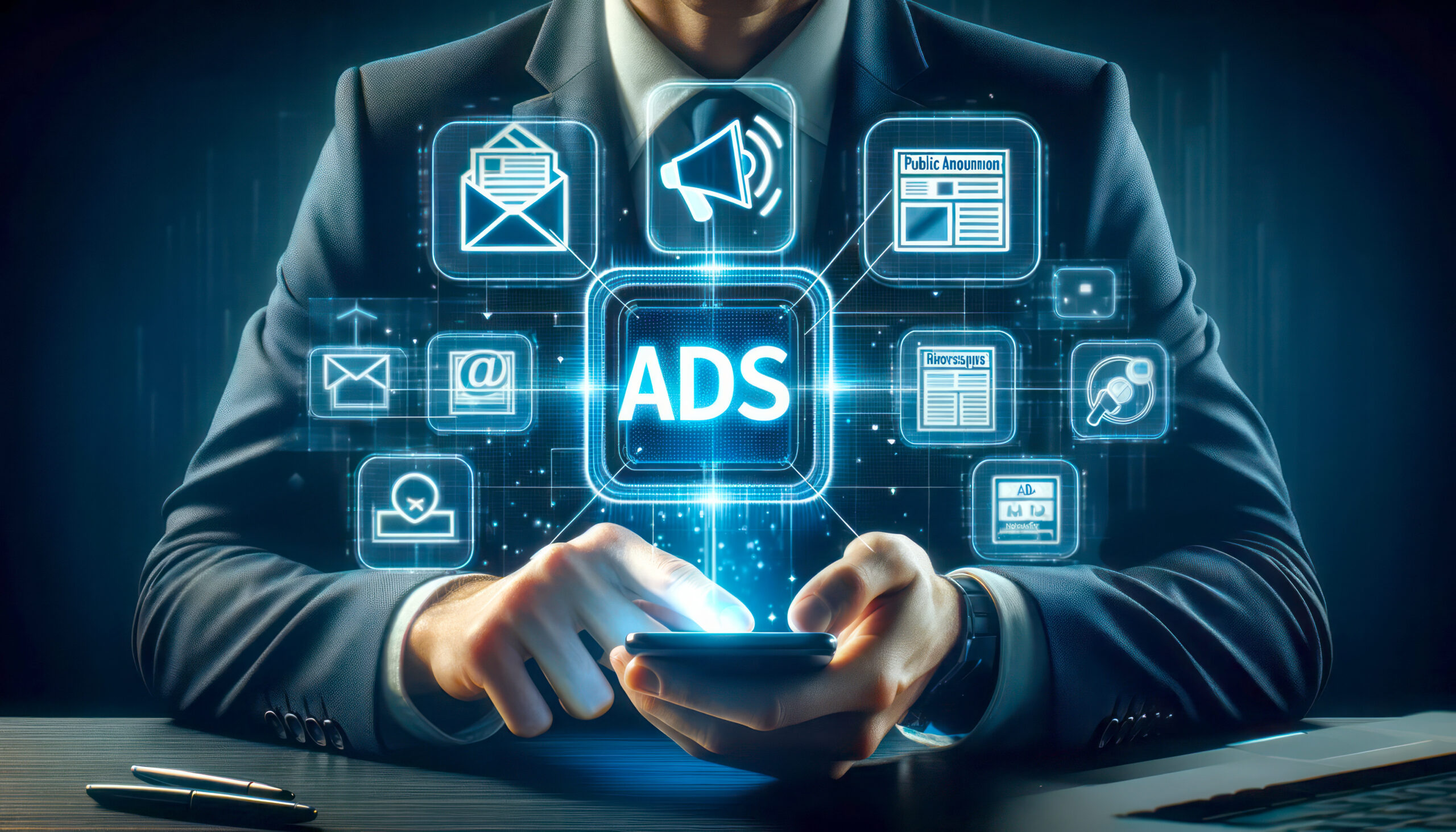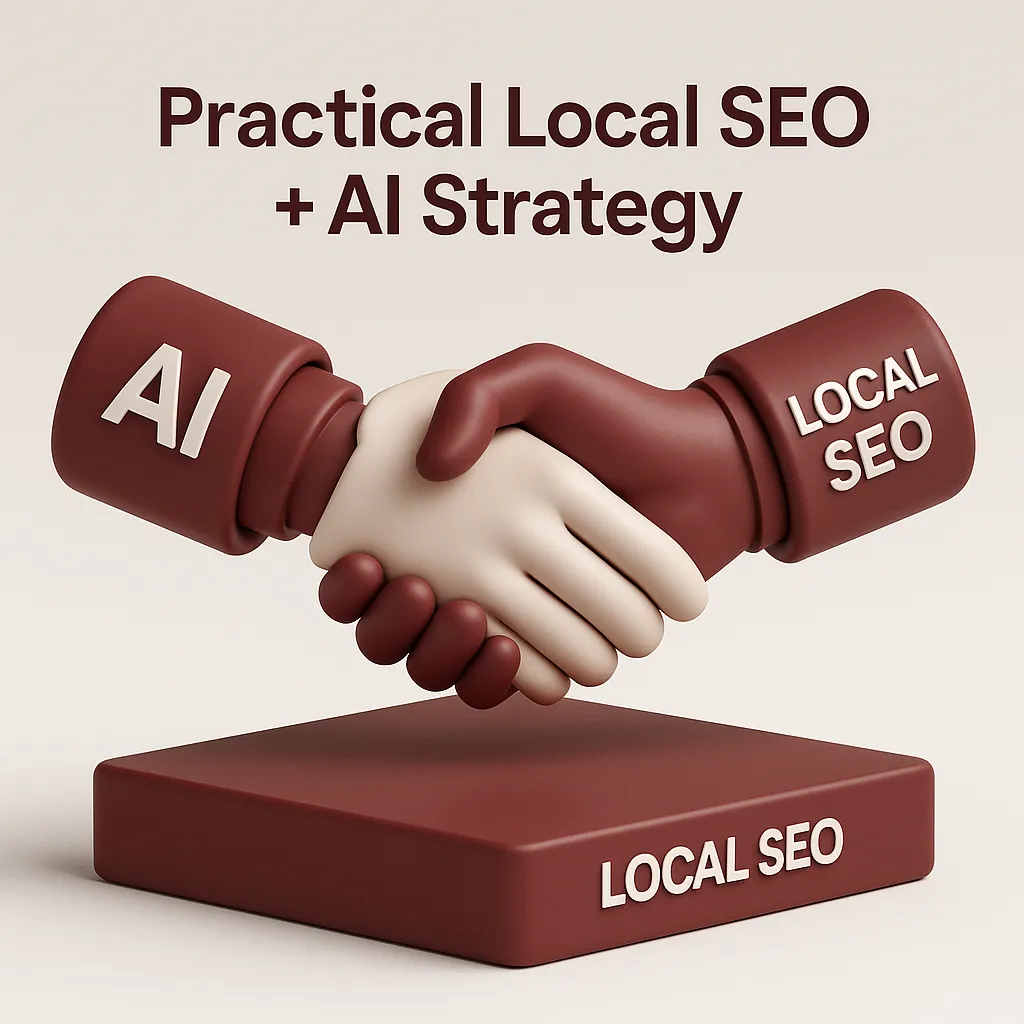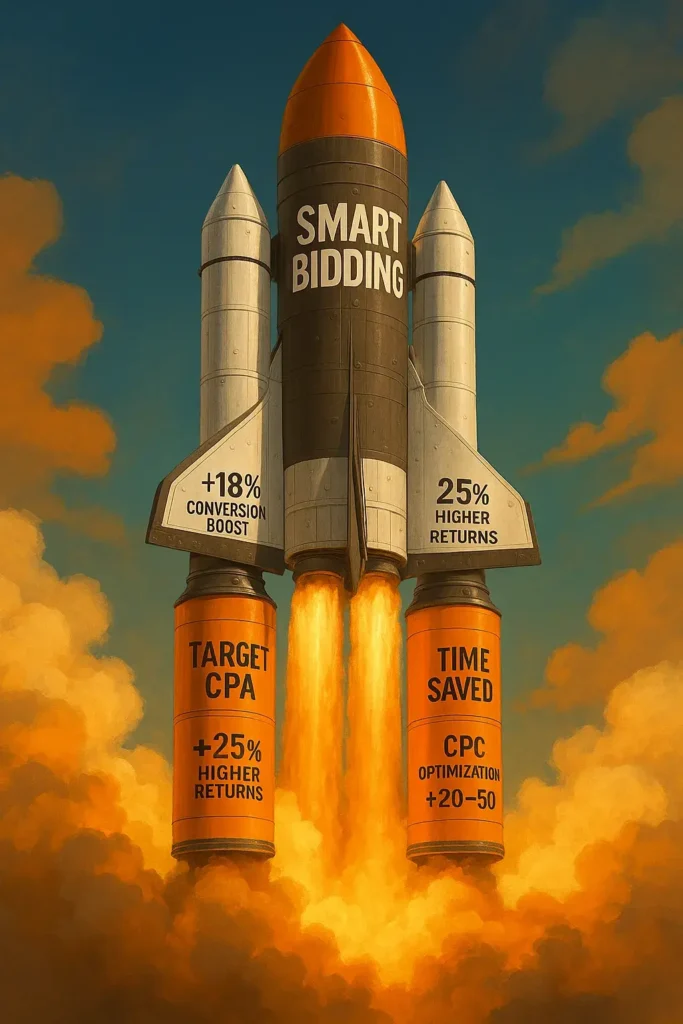Success in paid media in the rapidly changing privacy-first world of 2026 will depend more on who can best integrate automation, data ownership, and creative precision than on who has the largest ad budget.
Advertisers now need to learn a new trinity: Performance Max, first-party data, and human-guided creativity. This is because third-party cookies are nearly extinct, and AI-driven campaign systems are altering bidding strategies.
This guide explains how to maximize return on investment, agility, and customer trust through the integration of Google’s Performance Max campaigns with privacy-compliant first-party data strategies in modern PPC management.
The New Paid Media Era: From Automation to Intelligence
By 2026, it is anticipated that global ad spending on automation-driven formats will surpass $700 billion, representing 82% of all digital ad expenditures.
Advertisers are now planning, testing, and scaling campaigns differently as a result of Google, Meta, and Amazon’s reliance on real-time optimizing machine-learning engines.
Similar automation principles apply to Facebook ads…
But waste results from automation devoid of intelligence.
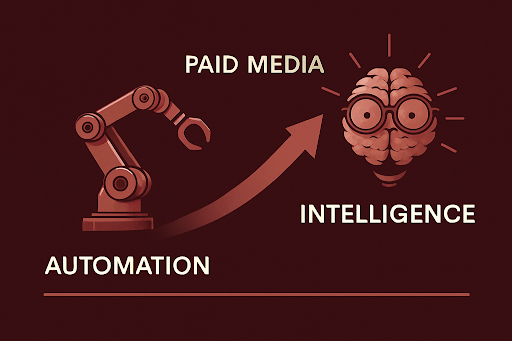
Success in paid media now depends on:
- Supplying AI with superior audience data.
- Coordinating campaign objectives with quantifiable business KPIs.
- Creating creatives with emotional resonance that direct machine learning toward successful results.
Performance Max (PMax), a campaign type that combines Search, Display, YouTube ads, and Discovery into a single, cohesive system driven by your data and creative signals, can help with that.
What Makes Performance Max the Centerpiece of 2026 PPC Management
Performance Max, which began as an automation layer throughout Google’s Paid Search ecosystem, has developed into the central component of all contemporary PPC management strategies.
It will make up more than 60% of big advertisers’ Google Ads budgets by 2026.
Why PMax Is the Leader in Paid Media Today
- Reach Across Networks. One campaign includes Gmail, Maps, YouTube, Display, and Search.
- AI Bidding: Conversion value per impression is predicted by intelligent bidding models.
- Asset-Group Optimization: Dynamically tested videos, photos, and responsive search ads (RSA).
- Audience Signals: Machine learning combined with Remarketing data demographics, and custom intent.
- Outcome Focus: Performance learning loops automatically modify ROAS and CPA targets.
Ads can no longer be micromanaged by marketers. Rather, they are responsible for providing AI with the appropriate inputs, such as audience lists, structured data, and contextual creative direction.
First-Party Data: The Fuel Powering Performance Max
First-party data will be the new oil in 2026.
Third-party cookie deprecation and strict GDPR/CCPA regulations give data-owner brands a clear advantage in paid media performance.
How First-Party Data Transforms Paid Campaigns
Data Source | Use Case in PMax | Business Impact |
CRM & Sales Data | 20–30 % ROAS lift | |
Website Behavior | Audience Signals For Predictive Targeting | Lower CPA by 15 % |
Email Engagement | Look-alike Modeling | Higher CTR from warm audiences |
Offline Purchases | Import Conversions into Google Ads | Unified ROI tracking |
Google’s AI can spot conversion patterns that generic signals overlook when brands provide PMax with first-party data from CRM and analytics platforms.
It’s the distinction between focusing on “interested users” and “people likely to buy in the next 7 days.”
Building Trust Through Privacy-Compliant Data Collection
Marketers need to embrace open data practices in a world where consumers value privacy just as much as personalization through Marketing automation.
Important Best Practices for Consent Architecture in 2026:
- Employ contextual disclosure and unambiguous opt-in banners for site and email tracking.
- By moving data processing from the browser to the server, server-side tagging can increase accuracy by as much as 30%.
- Hashed Identifiers: Make sure user information is anonymized and sent securely.
- Customer Data Platforms (CDPs): Provide cross-channel activation by centralizing first-party data.

Prioritizing ethical data practices helps brands do more than just comply; they also foster trust, which gradually increases engagement and conversion loyalty.
The Role of Creatives and Responsive Search Ads (RSAs)
Creative messaging is still a human strength, even in the face of AI-driven automation.
Google can now mix and match headlines and descriptions according to user intent thanks to Responsive Search Ads, which are now the standard format for text ads.
Formula for Creative Success
- Human Emotion + Machine Testing: Create psychologically appealing advertisements and let AI identify combinations that work.
- Dynamic Visuals: Use interactive elements and videos to increase YouTube and Display engagement.
- Local Relevance: Offers are matched with local demand by geo-based ad customizers.
- Creative Diversification: Brands with at least six headlines and four descriptions see an average 35% increase in click-through rates.
Advertisers can produce paid media experiences that feel intimate but secure by fusing narrative with data-driven insights.
Advanced Audience Strategy for Paid Media Advertising
The link between ROI and data is audience intelligence. Paid media advertising teams today segment based on intent and purchase probability in addition to demographics.
Top Audience Segments for 2026
- Predictive Buyers: AI models predict which users will convert.
- Imported through Customer Match are High-Value Repeaters.
- Users who visited product pages but did not make a purchase are known as engaged explorers.
- Micro Moments: People on the go looking for quick fixes.
Performance Max rewards first-party audience lists with a higher impression share and more precise bidding optimization.
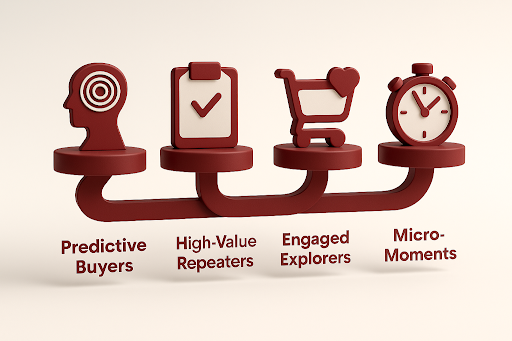
These signals are used by AI to strike a balance between efficiency and scale, achieving “profit per impression” accuracy that was previously unattainable with manual campaigns.
Data-Driven Attribution & Measurement in 2026
The way performance is measured across channels has changed as a result of the transition from last-click to data-driven attribution (DDA).
By 2026, DDA models will accurately assign credit by analyzing billions of signal combinations daily.
What’s Important Right Now
- Conversion Paths: Monitoring trips across multiple devices.
- Value-Based Bidding: Giving leads varying conversion values according to their potential for profit.
- Offline Integrations: Linking POS and CRM data to close the sales impact loop.
- Incrementality Testing: For real ROI proof, use A/B and geo-split tests.
Marketers can clearly see the customer journey from the initial click to the last purchase when data visibility and privacy compliance are combined.
Performance Max + First-Party Data = Compounding Returns
In 2026, let’s calculate the effect of adding first-party data to Performance Max:
- The CPA is 21% lower for brands that use Customer Match audiences.
- First-party data-powered dynamic feed-based advertisements can increase ROAS by up to 45%.
- Predictive AI audiences increase conversion rates by 1.8× for retail advertisers.
- B2B companies report a 33% increase in pipeline value when they integrate CRM signals into Google Ads.
The takeaway is that data ownership and ad profitability are now closely related. Performance Max goes blind in the absence of first-party signals.
Challenges & Ethical Considerations
Despite automation and artificial intelligence, advertisers still face new obstacles:
- Algorithmic Opacity: Limited knowledge of PMax’s channel budget distribution.
- Creative Fatigue: Brand consistency may be weakened by excessively automated ad rotation.
- Data Security: Data security is the process of protecting user data and adhering to legal requirements.
- Over-Reliance on Google’s Ecosystem: Long-term resilience still depends on diversifying ad spend.
Human oversight combined with machine efficiency—balancing strategic judgment with AI execution—is the answer.
Oddtusk: Driving ROI Through Data & Automation Excellence
At OddTusk, we think intelligent automation, not just automation, will shape the future of paid media.
Our team creates scalable, privacy-compliant, and ROI-driven campaigns for brands all over the world by combining Performance Max with a strong first-party data architecture.
We combine audience segmentation, RSA creative testing, AI-based bidding, and data engineering in our proprietary PPC management framework to provide competitive advantage and performance clarity.
OddTusk’s strategy creates long-term value for brands navigating the AI era of advertising, going beyond clicks.
Whether you are an enterprise-level advertiser or a D2C startup, our strategic emphasis on Performance Max and first-party data integration guarantees that your brand prospers in the most dynamic advertising environment to date.
Key Takeaways
- Performance Max, which combines automation and data-driven optimization, is the AI center of contemporary paid media.
- The new competitive currency, first-party data, allows for more intelligent bidding and privacy-compliant personalization.
- RSAs and creative diversification facilitate AI’s ability to relate to human emotions and increase click-through rates.
- In multi-channel ecosystems, audience segmentation and value-based measurement provide genuine ROI clarity.
- For long-term profitability in 2026 and beyond, OddTusk enables brands to integrate AI, automation, and authentic data strategy.
